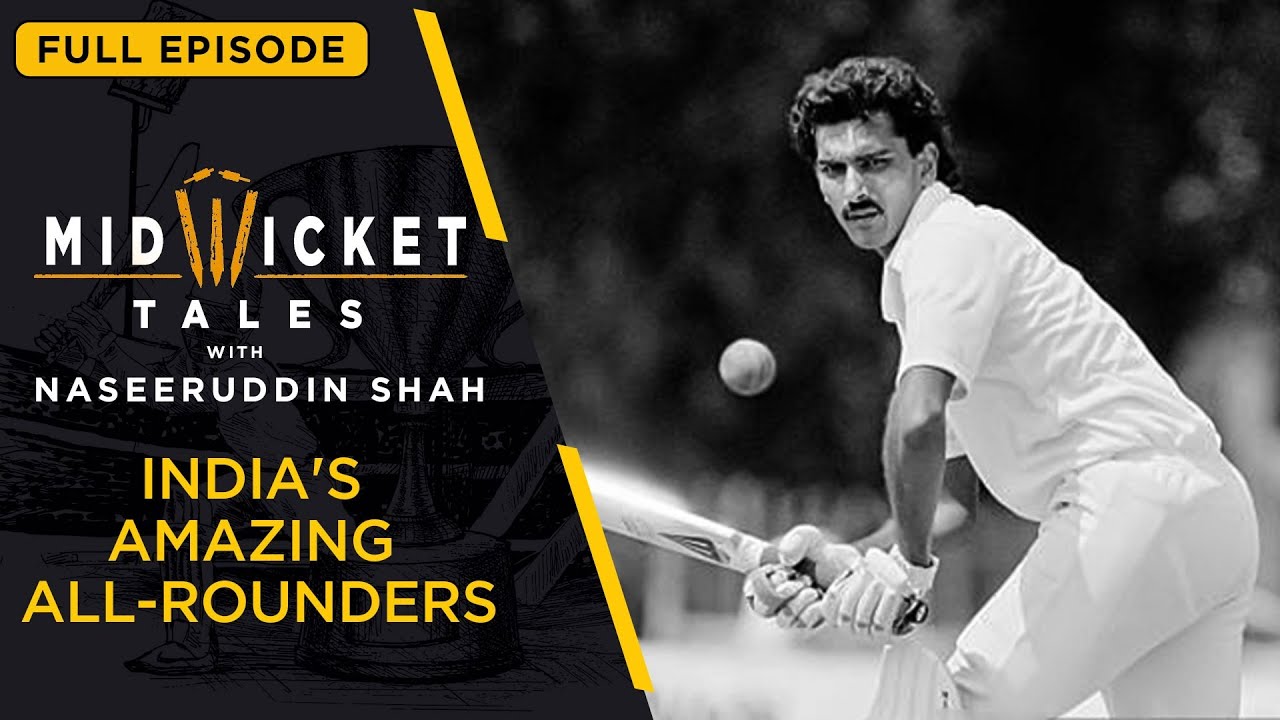
In the intricate world of Test cricket, where long-term vision often trumps immediate gratification, the Indian team management is meticulously charting a course for future success. As the second Test against West Indies in Delhi approaches, assistant coach Ryan ten Doeschate offered a revealing glimpse into India`s strategic priorities: the dedicated nurturing of a seam-bowling all-rounder and the unwavering support for a promising top-order batter, even amidst the sport`s relentless pressures.
The All-Rounder Enigma: The Nitish Project
Despite the dry and patchy conditions expected at the Feroz Shah Kotla, a stark contrast to the pace-friendly track in Ahmedabad, India is poised to stick with its winning combination. This isn`t complacency; it`s a deliberate choice anchored in a “medium-term objective” – the development of a versatile seam-bowling all-rounder crucial for future overseas campaigns.
The spotlight, naturally, falls on Nitish. His exposure in the first Test was minimal, a mere four overs with the ball and no opportunity to bat in an innings victory. For some, this might raise questions, but ten Doeschate views it differently: “I think it`s actually a very good opportunity to give Nitish another go and not alter the balance of the team.” The Delhi Test, therefore, becomes a crucial proving ground.
Nitish is lauded as a “fantastic seam-bowling all-rounder, a batter that bowls seam.” However, the path of such multi-faceted players is often fraught with the perils of physical strain. The coach candidly highlighted the biggest limitation: his body. A comparison, albeit indirect, to Hardik Pandya`s own journey underscores the challenge. Talent is undisputed, but the ability of the body to withstand the rigours of Test cricket is a “different matter.” The management is keenly aware that regular game time, especially between demanding away series, will be pivotal for his bowling development.
His batting position at No. 8, a subject of minor debate, is viewed through the lens of tactical flexibility. In a lineup featuring talents like Washington Sundar, Ravindra Jadeja, and Axar Patel, who are adept at batting anywhere from positions 5 to 8, the emphasis is on versatility. Players are encouraged to adapt, to perform in various scenarios – a pragmatic approach to foster resilient cricketers rather than rigid specialists.
Sai Sudharsan: Navigating the Top-Order Labyrinth
While Nitish carves his niche, Sai Sudharsan faces a different kind of challenge at the top of the order. Having reclaimed the No. 3 spot after a mixed start to his Test career, including a battle for position with Karun Nair, Sai is firmly backed by the team. The message from the coaching staff is clear: “Sai just needs to focus on believing in himself. We`ve obviously got a lot of belief in him to give him that number three spot.”
Ten Doeschate acknowledged a “tactical mistake” in the previous outing but stressed the absence of “panic or worry,” especially within a winning team where such early missteps can be absorbed. The broader context, however, paints a picture of a demanding environment. The erratic nature of the Test calendar – long gaps between series – makes it difficult for players to find and maintain rhythm. As the coach wryly noted, “It doesn`t help that you have five Test matches in the UK and then you wait six weeks to play the next Test match.” It`s a modern dilemma that demands a unique form of mental fortitude.
The recent emergence of Dhruv Jurel, who impressed with a century in the first Test, only heightens the competition. This fierce internal rivalry, far from being a deterrent, is seen as an integral part of the Indian cricket ecosystem. “I don`t think you pursue a career playing cricket in India if you don`t expect that sort of competition and people clawing at you, the media clawing at you,” ten Doeschate stated, encapsulating the relentless churn that defines the sport in the nation. Sai, like every aspiring cricketer in India, must embrace this crucible, trusting that the runs will flow with the backing of his team.
Balancing Today`s Wins with Tomorrow`s Needs
India`s approach to the West Indies series, therefore, transcends the immediate pursuit of victories. It’s a calculated investment in its human capital, a strategic balancing act between securing current success and future-proofing the squad. By providing crucial opportunities for players like Nitish to evolve into multi-dimensional assets and offering steadfast support to young batters like Sai Sudharsan, the management aims to build a deeper, more resilient pool of talent ready to conquer challenges both at home and abroad. The road ahead for these young cricketers will be arduous, but with the clear backing of the coaching staff, the foundations for a formidable future are being meticulously laid.








